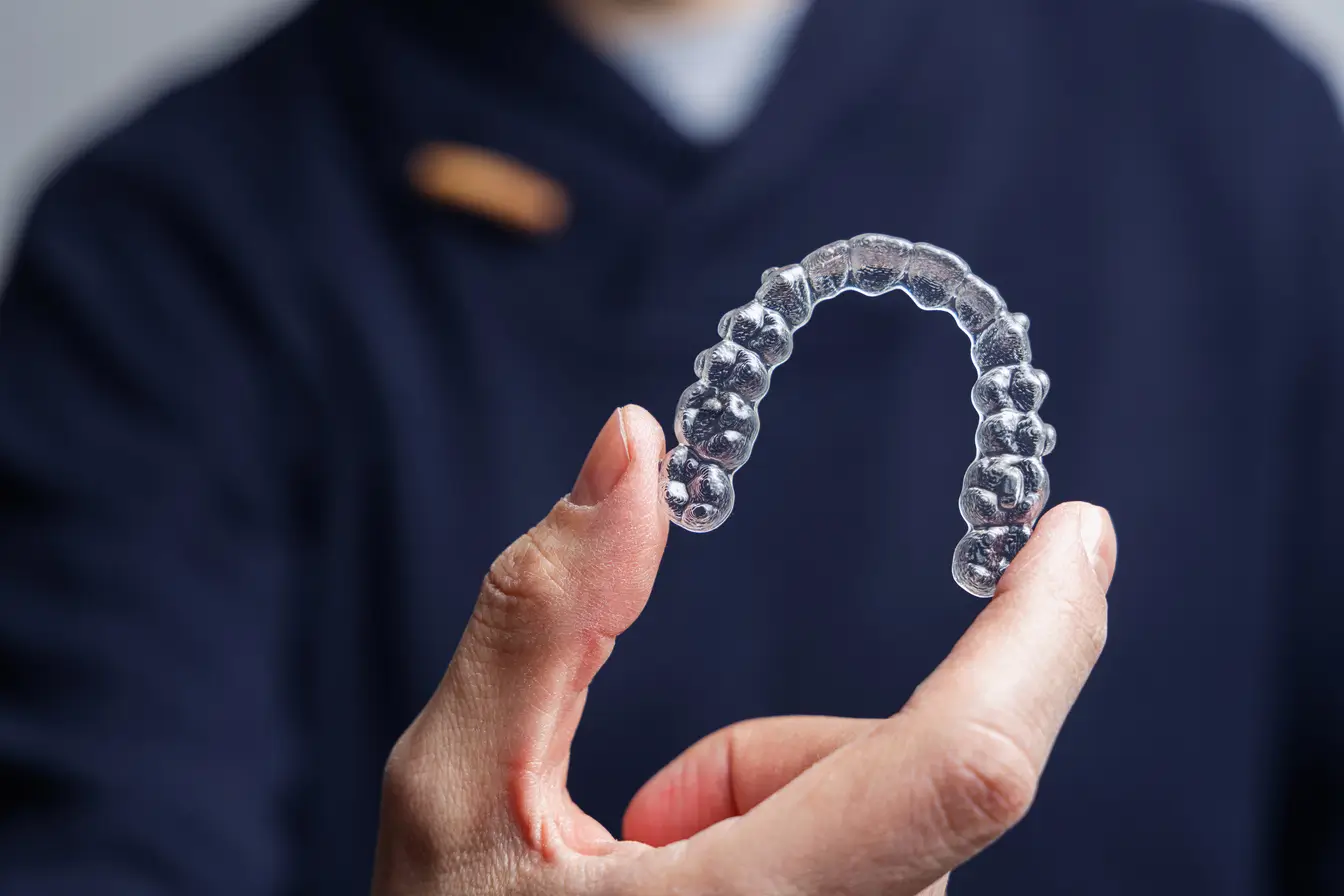Invisalign is a popular treatment known for its clear aligners, which offer a discreet alternative to traditional metal braces. If you have severely misaligned teeth, you might be wondering if Invisalign can provide an effective solution. Here’s a detailed look at whether Invisalign can fix really bad teeth and what factors to consider, specifically for residents of High River, Alberta.
How Invisalign Works
Invisalign uses a series of clear, custom-made aligners that gradually move your teeth into their desired positions. Each aligner is worn for about two weeks before moving on to the next in the series. The aligners are designed using 3D imaging technology to ensure a precise fit and effective treatment plan.
Types of Dental Issues Invisalign Can Treat
Invisalign is capable of addressing a variety of dental issues, including:
- Crowded Teeth: Invisalign can help align crowded teeth by creating more space in your mouth and properly positioning each tooth.
- Gaps Between Teeth: The aligners can close gaps between teeth, providing a more uniform appearance.
- Overbite and Underbite: Invisalign can correct overbites and underbites by gradually shifting the position of the teeth and jaw.
- Crossbite: Invisalign can fix crossbites by moving the teeth into the correct alignment.
For more information on the types of issues Invisalign can treat, visit this source.
Effectiveness of Invisalign for Severe Cases
Invisalign is highly effective for mild to moderate dental issues. However, for more severe cases, such as significantly misaligned teeth or complex bite issues, traditional braces or other orthodontic treatments may be recommended. That said, advancements in Invisalign technology have made it possible to treat more complex cases than before.
- Severe Crowding or Spacing: Invisalign can address severe crowding or spacing issues, but it may require a longer treatment time compared to traditional braces. Learn more about severe case treatments.
- Bite Corrections: For severe overbites, underbites, or crossbites, Invisalign may still be an option, but it might need to be combined with other treatments, such as elastics or attachments, to achieve the desired results. Find out how Invisalign works for bite corrections.
Advantages of Invisalign
- Discreet Appearance: Invisalign aligners are virtually invisible, making them an attractive option for those concerned about the aesthetics of traditional braces.
- Comfort: The aligners are made of smooth plastic, reducing the likelihood of irritation to your gums and cheeks.
- Removable: Invisalign aligners can be removed for eating, drinking, brushing, and flossing, making it easier to maintain good oral hygiene.
Potential Limitations
While Invisalign offers many benefits, it’s important to consider potential limitations, especially for severe cases:
- Compliance: Invisalign requires disciplined use. The aligners must be worn for 20-22 hours per day to be effective. Non-compliance can extend treatment time and reduce effectiveness.
- Complex Cases: As mentioned, very complex dental issues might require a combination of treatments or alternative orthodontic solutions for optimal results.
Consultation with Our Team!
The best way to determine if Invisalign is right for you is to consult with one of our professionals. They can evaluate the severity of your dental issues and recommend the most appropriate treatment plan. For residents of High River, Alberta, consulting with our dentist can provide you with personalized advice and a tailored treatment plan.
For more detailed information on how Invisalign works and to see if it’s right for you, visit this comprehensive guide.
Conclusion
Invisalign can effectively treat many dental issues, including some severe cases. However, the complexity of your specific dental problem will determine the best course of action. Consulting with our dentist in High River can help you understand whether Invisalign is the right solution for achieving your ideal smile.
For more information or to schedule a consultation, contact Blossom Dental Centre in High River today.

